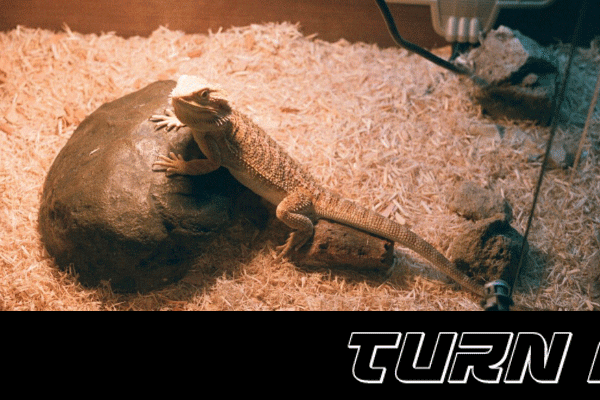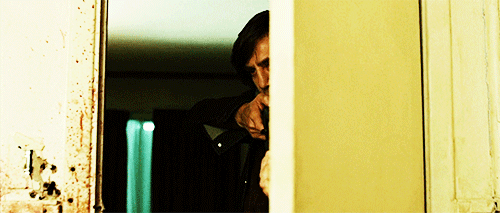Michael Radford
As a schoolboy back in the 1970’s reading George Orwell’s “Nineteen Eighty-Four” was compulsory, an irony we never tired of pointing out to our teacher. Conceived in the ashes of World War 2, Orwell’s dystopian vision of a near future was as dark and pessimistic as he could possibly imagine; a society in which an all-seeing, all-knowing murderous tyranny crushes the individual.
I didn’t particularly like the book, filing it under science fiction, a genre I had no time for at all. Worse, there were lots of made-up words that I found faintly embarrassing while the physical world Orwell described didn’t excite my imagination. I understood it to be a cautionary tale, a warning against the horrors of totalitarianism. But it certainly wasn’t a vision of the future that I believed was likely to come to pass in any real, meaningful sense. At least not in the West. It was science fiction, after all.
This was the context in which I first saw Michael Radford’s “Ninteen Eight-Four”, when it was released to much fanfare by Virgin Films, in 1984. The film’s director had just shown real talent with his previous film, “Another Time, Another Place” (1983), and here he cast the brilliant John Hurt in the role of Winston Smith opposite the legendary Richard Burton as his nemesis, O’Brien. Sadly, the film fell flat, lacking any sense of urgency, of real drama. It was also dominated by long passages of quietly-spoken dialogue and dense monologues. It felt like a drab, respectful rendering of a literary classic, frozen in time.
Cut to 2018, watching the film again it remains the same slow, reverential adaptation, yet it resonates very differently, feeling far more relevant and far less metaphorical that previously. Certainly “Nineteen Eight-Four” is a product of its time – there’s no CGI to help with crowd scenes, the original score is by The Eurythmics while the technology on screen, like in the book, is decidedly low-tech. It’s all piped tv screens and Tannoy loudspeakers with pneumatic tube systems for sending disinformation around the Ministry of Truth. There’s nary a computer in sight. But the ideas are all there, full-formed. And so we see small, freakishly drone-like helicopters perpetually hovering outside apartment-building windows, spying on citizens inside. And it turns out that those low-tech televisions are interactive - they also record all actions indoors.
In the 34 years since the release of this film we have seen the collapse of Soviet communism, the birth of the internet and the personal computer and the rise of Putin and Trump. A perfect Orwellian storm. The tools of mass surveillance, data collection and relentless propaganda are what Big Brother and the Party use to control a world suspended in a state of perpetual war where personal privacy is dead. Turns out, it was not Orwell’s fictional view of how a world might be structured that was prophetic, but rather it is his vision of how it could be controlled that was so prescient and hits the bulls-eye with a nauseating thud.
Nineteen Eighty-Four (1984)
director MICHAEL RADFORD
year 1984
director of photography ROGER DEAKINS
cast JOHN HURT, RICHARD BURTON, SUZANNA HAMILTON, CYRIL CUSACK and GREGOR FISHER
words NICHOLAS O'NEILL
What to read next







